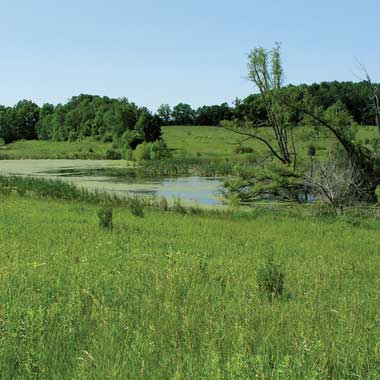Lower Chesapeake Bay Priority Area
The Lower Chesapeake priority area encompasses the eastern and western shores of Virginia along with three major rivers. The James River is Virginia's largest river and drains approximately 25% of Virginia's land base, is the third largest tributary to the Bay, and contributes more non-point source pollution to the Bay than any other tidewater river. Due to the high levels of nutrients, SAV production in its tidal waters has decreased significantly. The York River has been one of the fastest growing tributary basins in terms of population, but drains only 6% of the land use. Despite that growth, the land use is predominantly rural, with 70% of the watershed in forest, 20% in agriculture, and only 10% in urban use. The Rappahannock River watershed drains approximately 6% of the land base and predominantly consists of forest or forested wetlands (60%) and agriculture (28%), with little urban development.
All three tidewater rivers contribute non-point source pollution to the Bay. Conservation efforts will focus on reducing agricultural nutrient and sediment runoff by restoring freshwater and tidal wetlands, riparian buffers, and warm season grasses, which provide breeding, wintering, and spring staging habitat for waterfowl. The overriding objective on the western shore of the Lower Chesapeake is to do the background work and develop a program specific to the priority area needs for waterfowl. Programs on the eastern shore of the Lower Chesapeake are well developed and focus on private lands.
The watershed is also important to Atlantic flyway waterfowl. Its brackish and freshwater marshes provide important wintering habitat for AP Canada geese, mallards, and American black ducks. Its tidal waters provide important wintering habitat for canvasbacks, buffleheads, and sea ducks (mainly surf scoters). The lower Rappahannock River and its tributaries provide important migrating and wintering habitat for several priority waterfowl species, including American black ducks, mallards, and wood ducks. The watershed also contains a high percentage of the state's tidal freshwater and brackish marshes, providing wintering habitat for AP Canada geese, canvasbacks, buffleheads, and sea ducks.

Ducks Unlimited uses cookies to enhance your browsing experience, optimize site functionality, analyze traffic, and deliver personalized advertising through third parties. By continuing to use this site, you agree to our use of cookies. View Privacy Policy